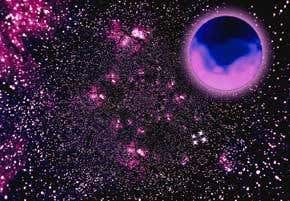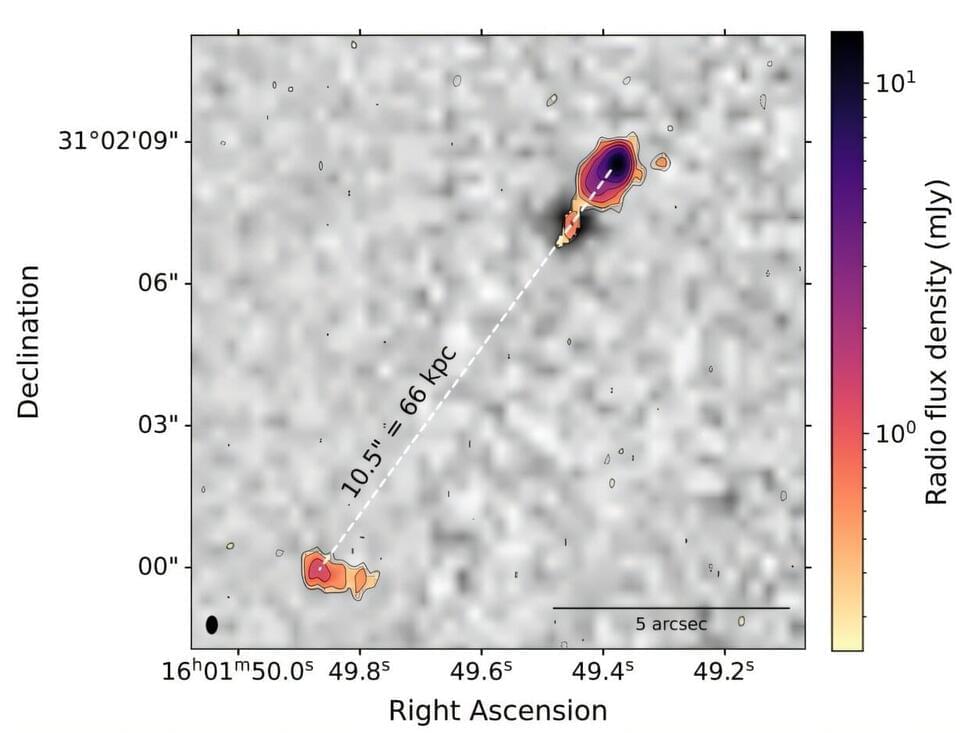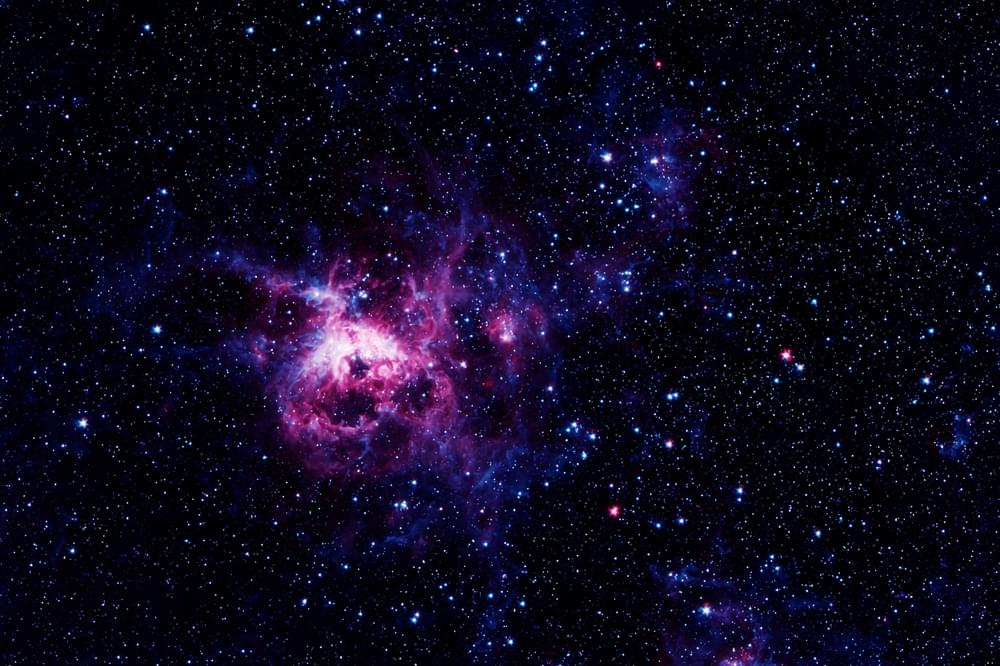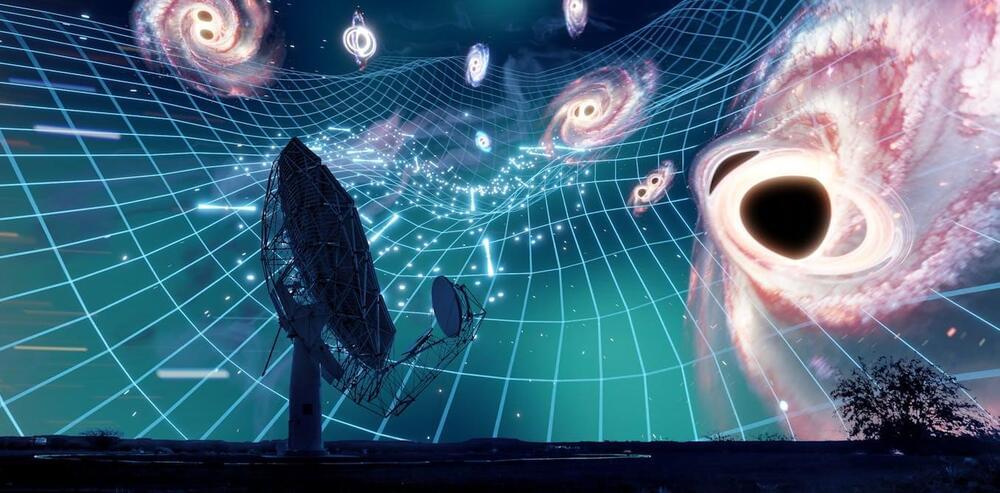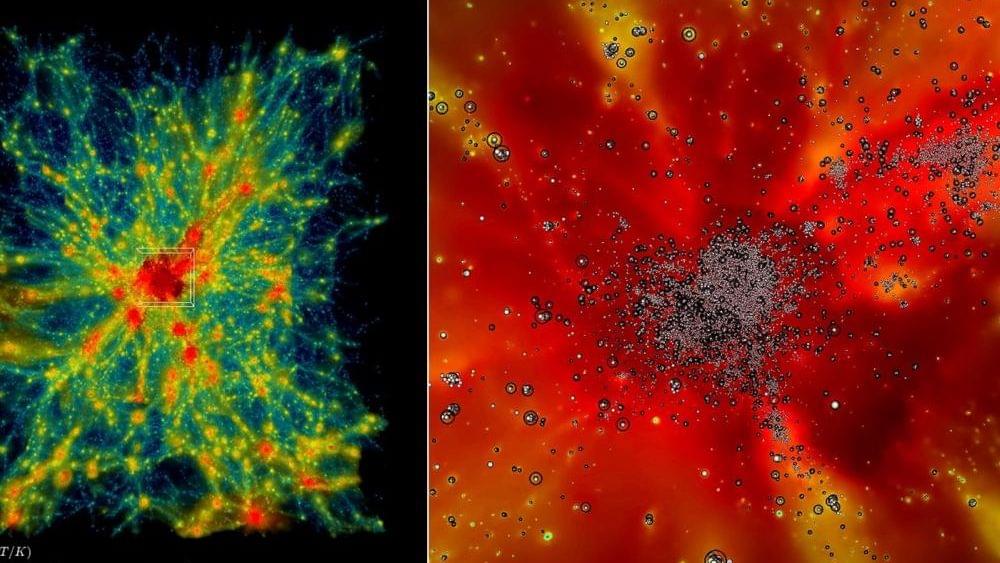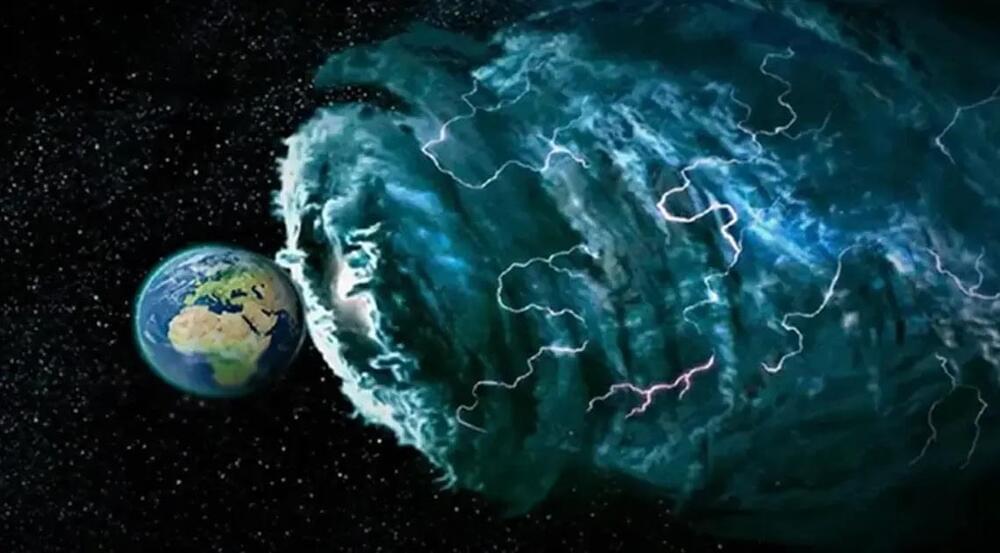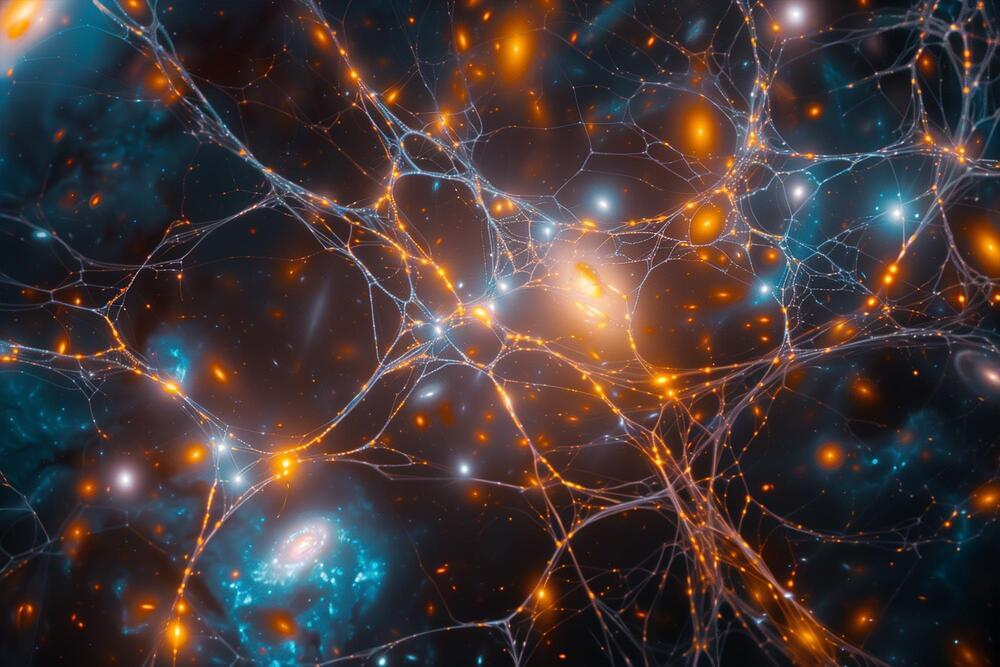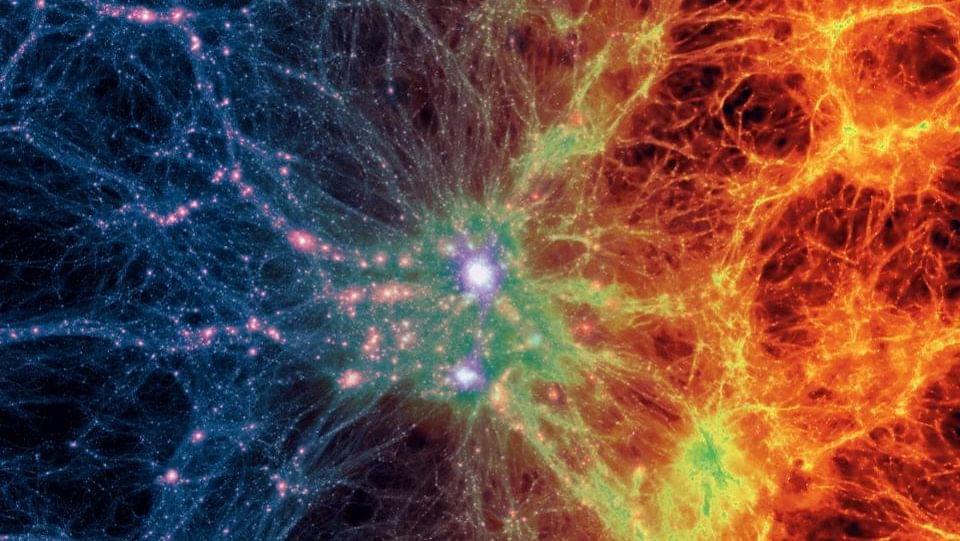Dec 4, 2024
Create your own universe
Posted by Quinn Sena in categories: cosmology, particle physics
Year 2006 face_with_colon_three
One of the good things about being God is that there’s not much competition. From time immemorial, no one else has boasted the skills necessary to create a universe. Now that’s about to change. “People are becoming more powerful,” says Andrei Linde, a cosmologist based at Stanford University in California. “Maybe it’s time we redefine God as something more sophisticated than just the creator of the universe.”
Linde was prompted to make this wry observation by the news that a glittering prize is within physicists’ reach. For decades, particle accelerators have been racking up an impressive list of achievements, including creating antimatter and exotic particles never seen in nature. The next generation of these giant colliders will provide the hunting ground for the elusive Higgs boson, thought to be the source of all mass. These machines might even create mini black holes. Mighty as those discoveries and creations are, however, they pale into insignificance beside what Nobuyuki Sakai and his colleagues at Yamagata University in Japan have now put on the table. They have discovered how to use a particle accelerator to create a whole new universe.
